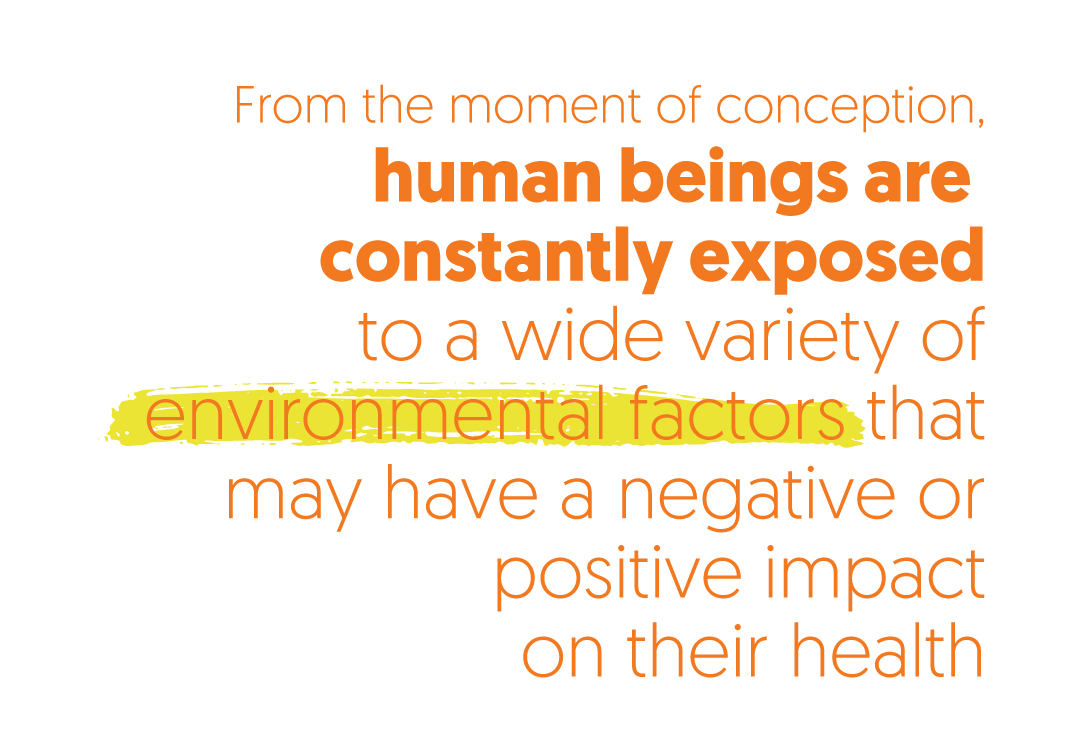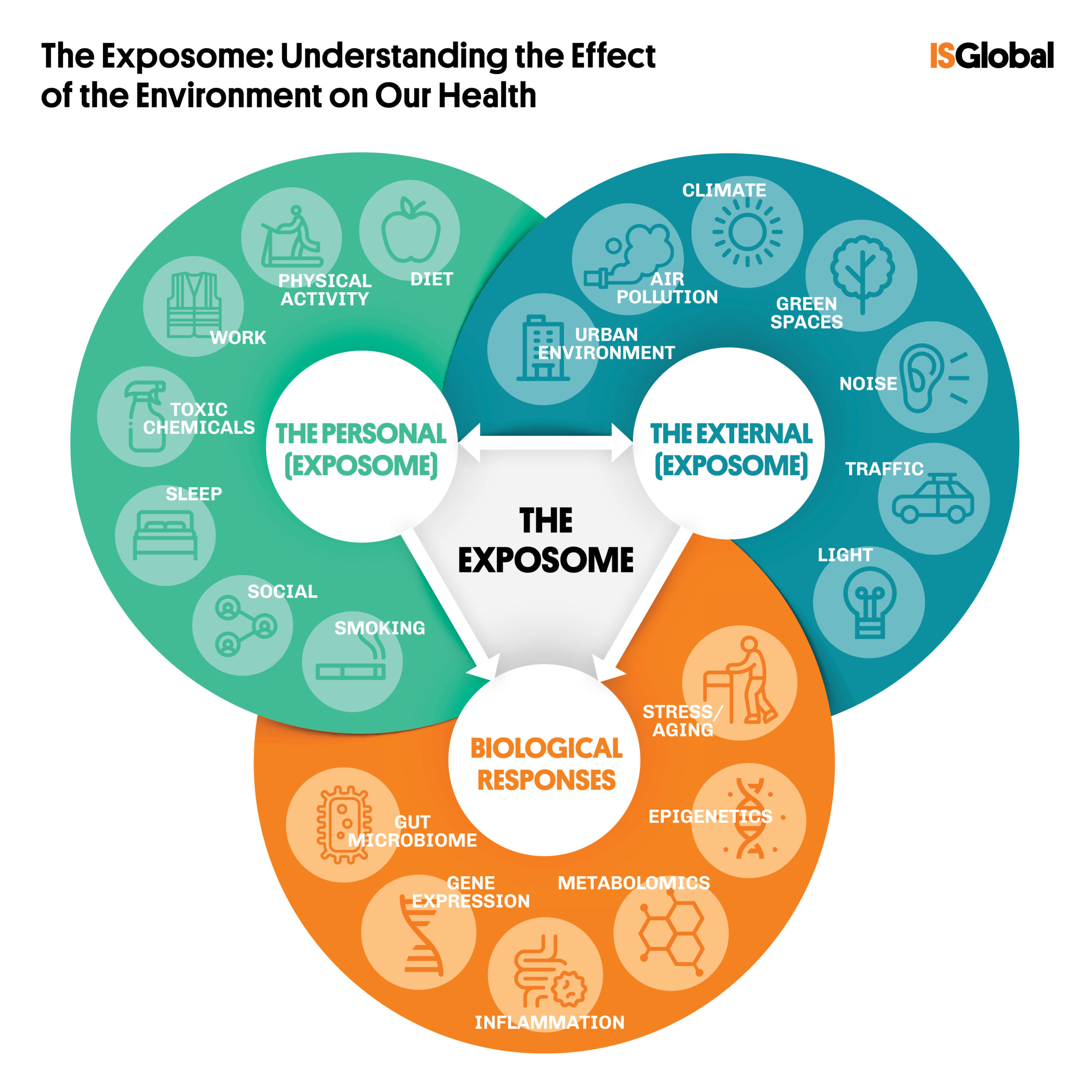HIGHLIGHTS
A new All-in-one approach
The exposome reveals its first results
To understand the effect of these exposures—which include chemical agents, pollutants, meteorological conditions and other exposures related to our daily habits and surroundings—the classical “one exposure, one disease” view does not work, since no exposure occurs in isolation. This is where the exposome concept comes in: a holistic approach aimed at evaluating the health effect of multiple environmental exposures during critical periods of life.
Researchers from our Childhood and Environment Programme have been pioneers in this innovative approach. In 2019, they published a series of related studies that provide the first examples of how the impact of the environment on our health can be studied by implementing the exposome concept. All the studies used data from over a thousand mothers and their children in six European countries (Spain, France, Greece, England, Lithuania and Norway), compiled by the European HELIX project.
Multiple exposures, multiple health effects
The studies identified a series of chemical exposures—before and after birth—associated with poor lung function and higher blood pressure in children. Several urban factors, such as house crowding, were also associated with poor respiratory health in these children. The researchers also explored the relationship between urban exposures and birth weight and showed that higher exposure of pregnant women to green spaces was linked to higher weight at birth.
“Our work also reveals that exposure to environmental hazards may depend on socioeconomic status and that we need to understand the nature of these environmental inequalities,” explains Martine Vrijheid, coordinator of the HELIX project. For example, one of the studies shows that, in the case of certain chemical compounds suspected to have a negative impact on child and adult health, exposure was higher among pregnant women and children with higher socioeconomic levels. “A possible explanation could be differences in diet, smoking, and use of consumer products such as cosmetics between families of different socioeconomic positions,” explains Patricia Montazeri, lead author of the study.

Warembourg, C., Maitre, L., Tamayo-Uria, I et al. Early-life environmental exposures and blood pressure in children. Journal of the American College of Cardiology. 201 Sep 10;74(10):1317-1328
Agier L, Basagaña X, Maitre L, et al. Early-life exposome and lung function in children in Europe: an analysis of data from the longitudinal, population-based HELIX cohort. Lancet Planet Health. 2019 Feb;3(2):e81-e92.
Nieuwenhuijsen MJ, Agier L, Basagaña X, et al. Influence of the urban exposome on birth weight. Environ Health Perspect. 2019 Apr;127(4):47007.
Montazeri P, Thomsen C, Casas M, et al. Socioeconomic position and exposure to multiple environmental chemical contaminants in six European mother-child cohorts. International Journal of Hygiene and Environmental Health. 2019 Jun;222(5):864-872.
HIGHLIGHTS
A new All-in-one approach
The exposome reveals its first results

To understand the effect of these exposures—which include chemical agents, pollutants, meteorological conditions and other exposures related to our daily habits and surroundings—the classical “one exposure, one disease” view does not work, since no exposure occurs in isolation. This is where the exposome concept comes in: a holistic approach aimed at evaluating the health effect of multiple environmental exposures during critical periods of life.
Researchers from our Childhood and Environment Programme have been pioneers in this innovative approach. In 2019, they published a series of related studies that provide the first examples of how the impact of the environment on our health can be studied by implementing the exposome concept. All the studies used data from over a thousand mothers and their children in six European countries (Spain, France, Greece, England, Lithuania and Norway), compiled by the European HELIX project.
Multiple exposures, multiple health effects
The studies identified a series of chemical exposures—before and after birth—associated with poor lung function and higher blood pressure in children. Several urban factors, such as house crowding, were also associated with poor respiratory health in these children. The researchers also explored the relationship between urban exposures and birth weight and showed that higher exposure of pregnant women to green spaces was linked to higher weight at birth.
“Our work also reveals that exposure to environmental hazards may depend on socioeconomic status and that we need to understand the nature of these environmental inequalities,” explains Martine Vrijheid, coordinator of the HELIX project. For example, one of the studies shows that, in the case of certain chemical compounds suspected to have a negative impact on child and adult health, exposure was higher among pregnant women and children with higher socioeconomic levels. “A possible explanation could be differences in diet, smoking, and use of consumer products such as cosmetics between families of different socioeconomic positions,” explains Patricia Montazeri, lead author of the study.
Warembourg, C., Maitre, L., Tamayo-Uria, I et al. Early-life environmental exposures and blood pressure in children. Journal of the American College of Cardiology. 201 Sep 10;74(10):1317-1328
Agier L, Basagaña X, Maitre L, et al. Early-life exposome and lung function in children in Europe: an analysis of data from the longitudinal, population-based HELIX cohort. Lancet Planet Health. 2019 Feb;3(2):e81-e92.
Nieuwenhuijsen MJ, Agier L, Basagaña X, et al. Influence of the urban exposome on birth weight. Environ Health Perspect. 2019 Apr;127(4):47007.
Montazeri P, Thomsen C, Casas M, et al. Socioeconomic position and exposure to multiple environmental chemical contaminants in six European mother-child cohorts. International Journal of Hygiene and Environmental Health. 2019 Jun;222(5):864-872.









